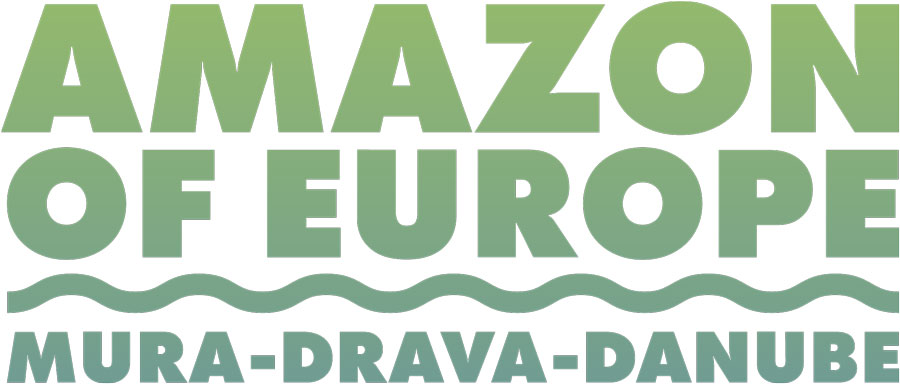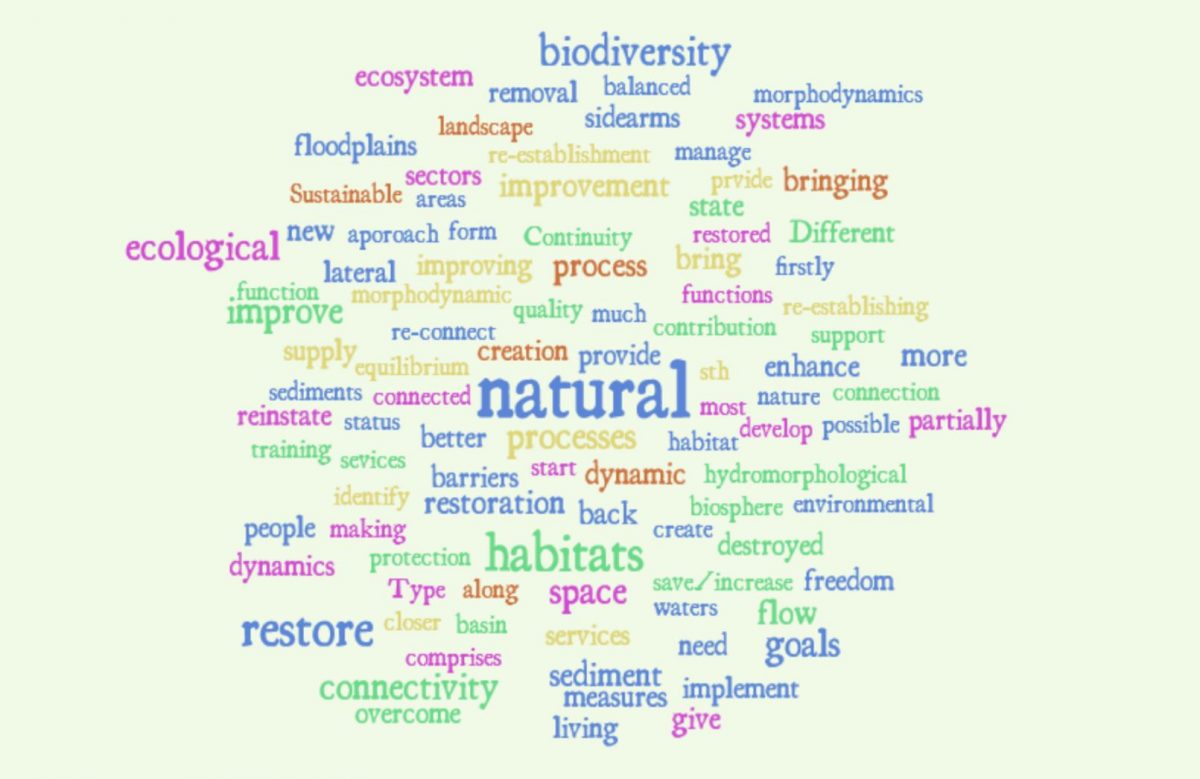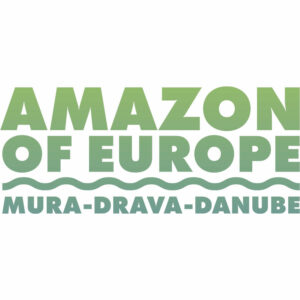Austria, Slovenia, Croatia, Hungary, Serbia – Despite many challenges set by the COVID 19 pandemic, the lifelineMDD project team managed to continue their work as planned. Although field activities such as fish sampling and live workshops were planned to happen this autumn, most of our work could be shifted online. Thanks to the new technologies, all workshops could be successfully organized virtually and attracted many interested participants.
Fish population, river birds, river training structures, sediment balance and mobilization as well as climate change are in the focus of the work package Establishing the scientific knowledge base. One of the biggest challenges for this work package is the coordinated data collection and unifying methodologies on 5- country-level, but discussion and cooperation led to joint conclusions. Although a lot of work still follows, two workshops set the base for a complex task that is ahead of the lifelineMDD team.
A workshop organized within the work package Cross-sectoral restoration of connectivity helped the participants to gain a better and common understanding of what is river restoration, learn more from best practice examples in Europe and based on that, discuss the planned lifelineMDD pilot restoration measures.
The work package Local awareness for living rivers puts its focus on education and learning about nature in nature, but also about experience exchange. Past experience in outdoor learning, mostly done in the Interreg projects coop MDD and LENA was brought closer to the workshop participants by implementation team members of those projects. As a result of shared knowledge and experience, as well as joint brainstorming, the concept of outdoor learning and what can be achieved through the planned TBR MDD Nature Academy has taken a more concrete shape towards implementation.


